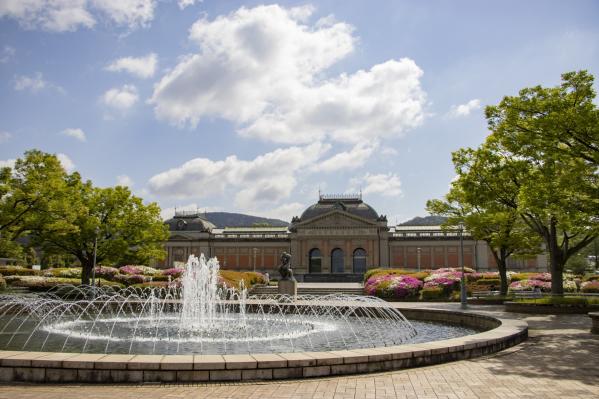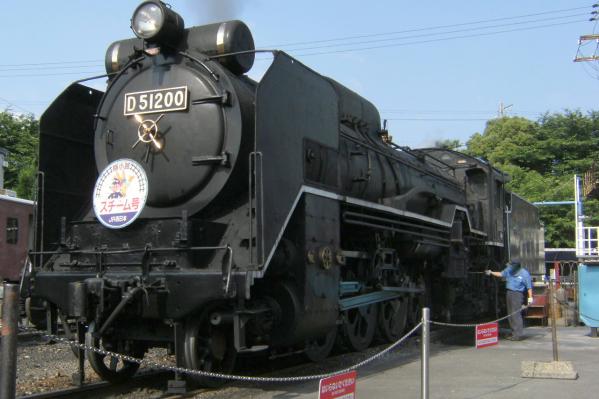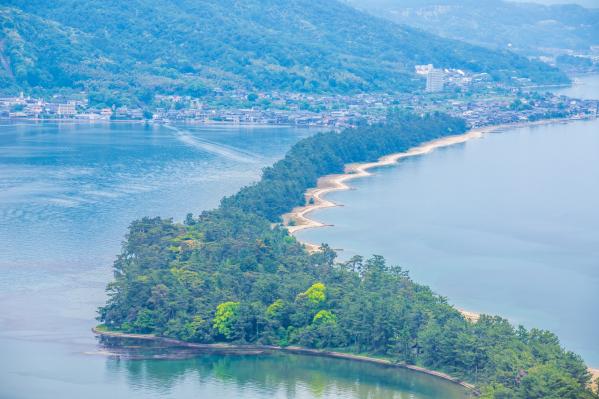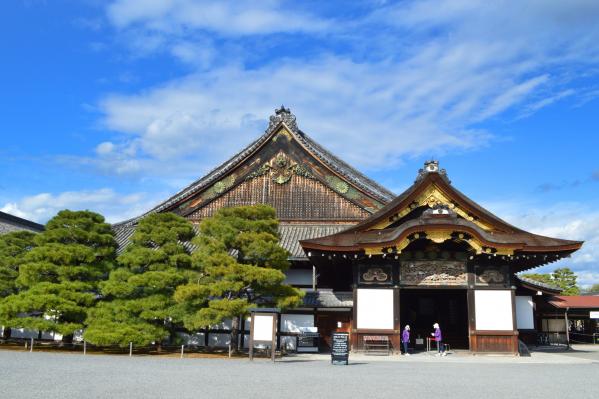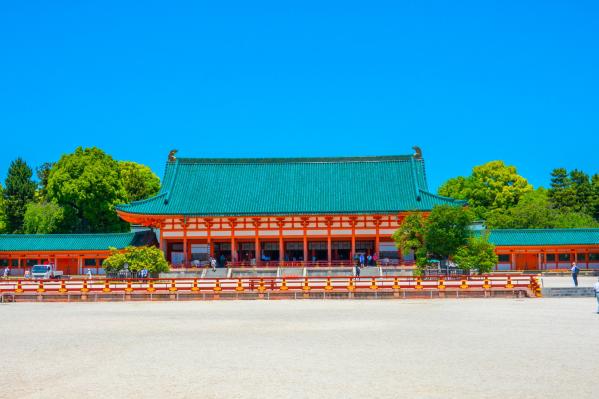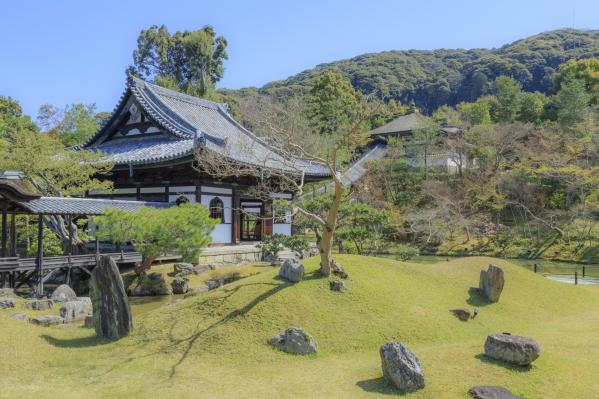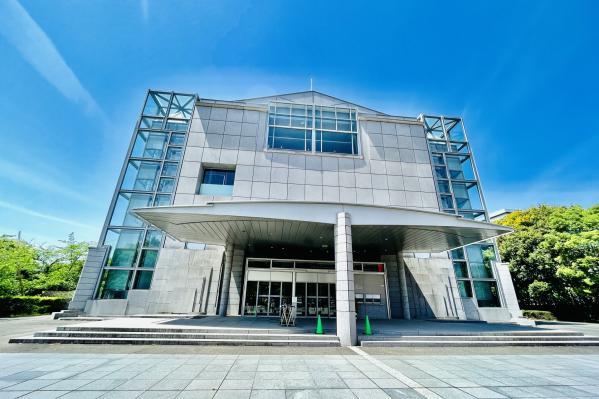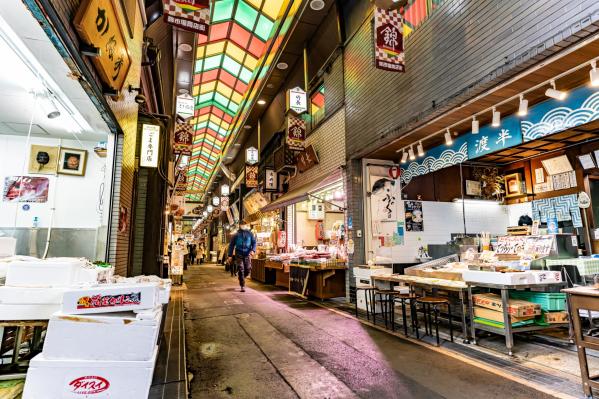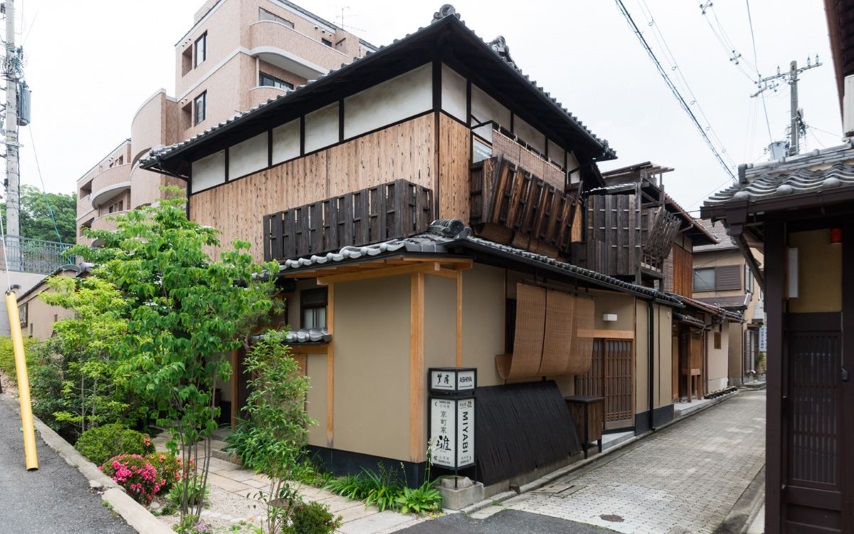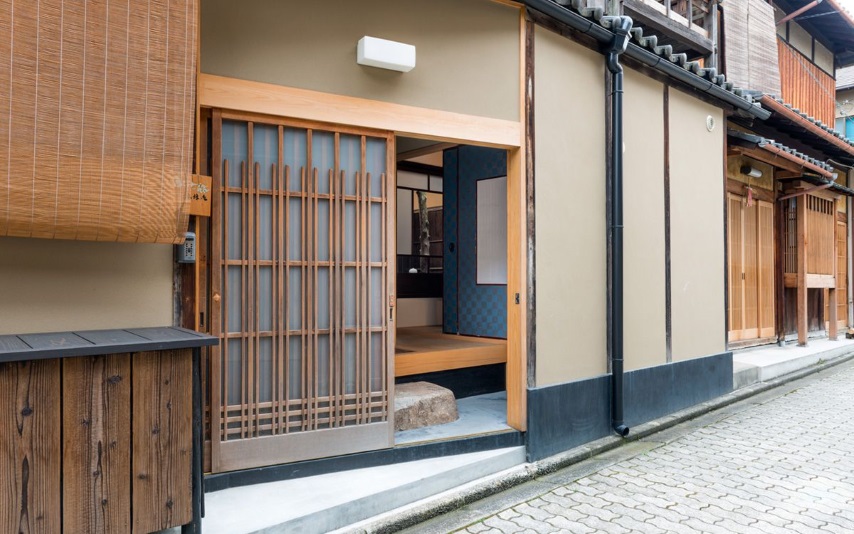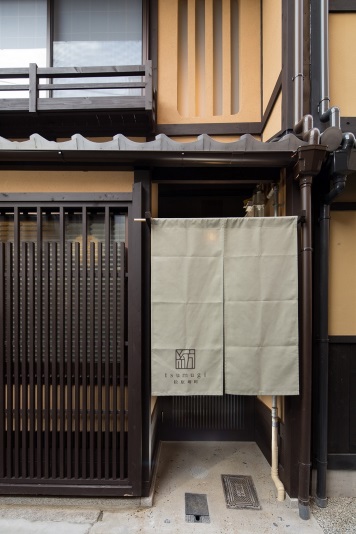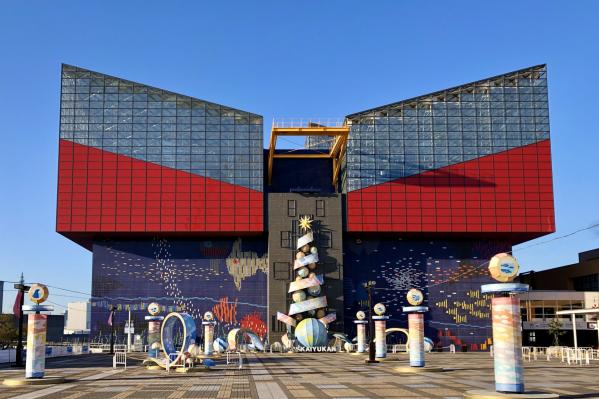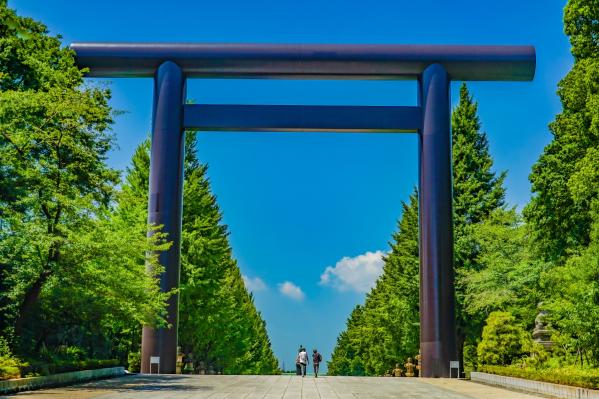Nanzen-ji
Basic Information
- Spot Name
- Nanzen-ji
- Location
- 〒606-8435 Fukuchi-cho, Nanzenji, Sakyo-ku, Kyoto-shi, Kyoto Prefecture
- Access
- Get off at "Keage" Station on the Tozai Line and walk for 10 minutes.
Get off the city bus at "Nanzenji-Eikando-Michi-mae" and walk for 10 minutes. - Parking
- Parking available
- Business Hours
- 8:40 AM to 4:40 PM (Last admission at 5:00 PM), from December to February open until 4:10 PM (Last admission at 4:30 PM)
- Fees
- Hojo Garden
Adults: 600 yen
High school students: 500 yen
Elementary and middle school students: 400 yen
Sanmon
Adults: 600 yen
High school students: 500 yen
Elementary and middle school students: 400 yen
Nanzen-in
Adults: 400 yen
High school students: 350 yen
Elementary and middle school students: 250 yen - Contact Information
- Phone Number:075-771-0365
- Official Website
Map
Detailed Information
Nanzen-ji, located in Sakyo-ku, Kyoto, is the head temple of the Rinzai Zen Nanzen-ji sect, established in 1291 when Emperor Kameyama transformed his detached palace into a Zen temple and welcomed the monk Mukan Fumon as its founder. During the Muromachi period, it was regarded as a "special temple above the five mountains," not belonging to either the Kyoto or Kamakura Five Mountains, and boasted a prestigious position at the apex of the Japanese Zen world. Although much of the temple complex was lost in the Onin War, it was restored in the early Edo period through the efforts of figures like Eshin Sogo, and retains its magnificent appearance today.
Hōjō and Hōjō Garden
The temple grounds, designated as a national historic site, center around the "Hōjō," which consists of the large and small Hōjō, both of which are designated national treasures. The large Hōjō is said to have been relocated from the Kyoto Imperial Palace's audience hall in 1611, and the interior features elegant wall paintings from the Kano school. In the small Hōjō behind it, the important cultural property "Tiger Drinking Water" painted by Kano Tanyu remains, overwhelming visitors with its powerful brushwork.
The "Hōjō Garden," located to the south of the Hōjō, is a dry landscape garden believed to have been designed by Kobori Enshu. The stone arrangement, resembling a mother and child tiger, is known as "Tiger's Child Crossing" and is designated as a national scenic spot. Additionally, the "Jishintei" and "Rokudō Garden" associated with the small Hōjō display contrasting designs that are tranquil and philosophically rich, skillfully expressing the Zen state of mind.
Sanmon Gate
Soaring at the front of the temple grounds is the "Sanmon," a magnificent gate that stands approximately 22 meters tall. It was donated in 1628 by Tōdō Takatora to honor the souls of his deceased vassals from the Summer Siege of Osaka. The lower level is called the "Tenka Ryūmon," and the upper level is known as the "Gohōrō." It is also famous for being referenced in the Kabuki play "Rōmon Gosankiri," where Ishikawa Goemon exclaims "What a magnificent view!" from above. This important cultural property offers a panoramic view of Kyoto city and Mount Hiei from its upper level.
Suirakukaku
The brick arch bridge "Suirakukaku," which crosses the southern end of the temple grounds, was completed in 1888 as part of the Biwa Lake Canal's branch line and is designated as a city historic site. At 93.2 meters long and approximately 13 meters tall, its Western-style design harmonizes seamlessly with the ancient temple complex, making it a popular photo spot. It still functions as an active facility that transports water through the canal.
Subtemples and Tenjū-an
Around the temple grounds are twelve subtemples, each boasting its own unique history and garden beauty. Among them, "Tenjū-an" was founded to enshrine the temple's founder, Mukan Fumon, and features a dry landscape garden as well as a pond-and-cascade-style garden, particularly renowned for its ethereal beauty during autumn foliage illuminations.
Year-Round Events and Seasonal Colors
Nanzen-ji is famous for cherry blossoms and autumn leaves, with cherry blooms at their peak from late March to early April, and autumn foliage from mid-November to early December. The fresh greenery and snow scenes are also charming, with the temple grounds showcasing different expressions through the seasons, providing serenity and peace to all who visit.
Shukubo - Nanzen Kaikan
Within the temple grounds lies the lodging facility "Nanzen Kaikan," where guests can experience peaceful moments unique to a Zen temple while listening to monks chanting in the early morning. It provides a perfect retreat to distance oneself from the city's hustle and bustle and to rejuvenate both body and mind.
Nanzen-ji is one of Kyoto's foremost temples, embodying the spirit of Zen, historical architecture, garden beauty, and rich nature. The tranquil space woven from a cultural heritage passed down from ancient times and seasonal landscapes continues to captivate many worshippers and tourists.
Nanzen-ji Movies
Kyoto Tourist Attractions
View ListKyoto National Museum
The Kyoto National Museum was opened in 1897 as the Imperial Kyoto Museum. Located in Kyoto, this museum houses approximately 14,600 artworks and cultural properties...
Kyoto Railway Museum
The Kyoto Railway Museum, opened in 2016, is one of the largest railway museums in Japan, designed to be a fun and educational facility with the theme of "see, touch...
Amanohashidate
Amanohashidate is a special scenic spot located in Miyazu Bay, facing the Sea of Japan in the northern part of Kyoto Prefecture. It is one of the "Three Views of Jap...
Nijo Castle
Nijo Castle, originally built as a retreat for the Shogun, can be described as a place condensed with Japan’s history and culture. Constructed in 1603 by the first S...
Heian Shrine
Heian Shrine was established in 1895 to commemorate the 1100th anniversary of the relocation of the capital to Heian-kyo, with Emperor Kanmu as its deity. Located in...
The National Museum of Modern Art, Kyoto
The National Museum of Modern Art, Kyoto, was opened in 1963 in Okazaki Park, Kyoto. This museum covers a wide range of art genres, including Japanese painting, oil ...
Nishiki Market
Nishiki Market is a historic marketplace located in the heart of Kyoto, which began as a fish wholesaler known as "Nishino-ten" during the Tensho period (about 400 y...
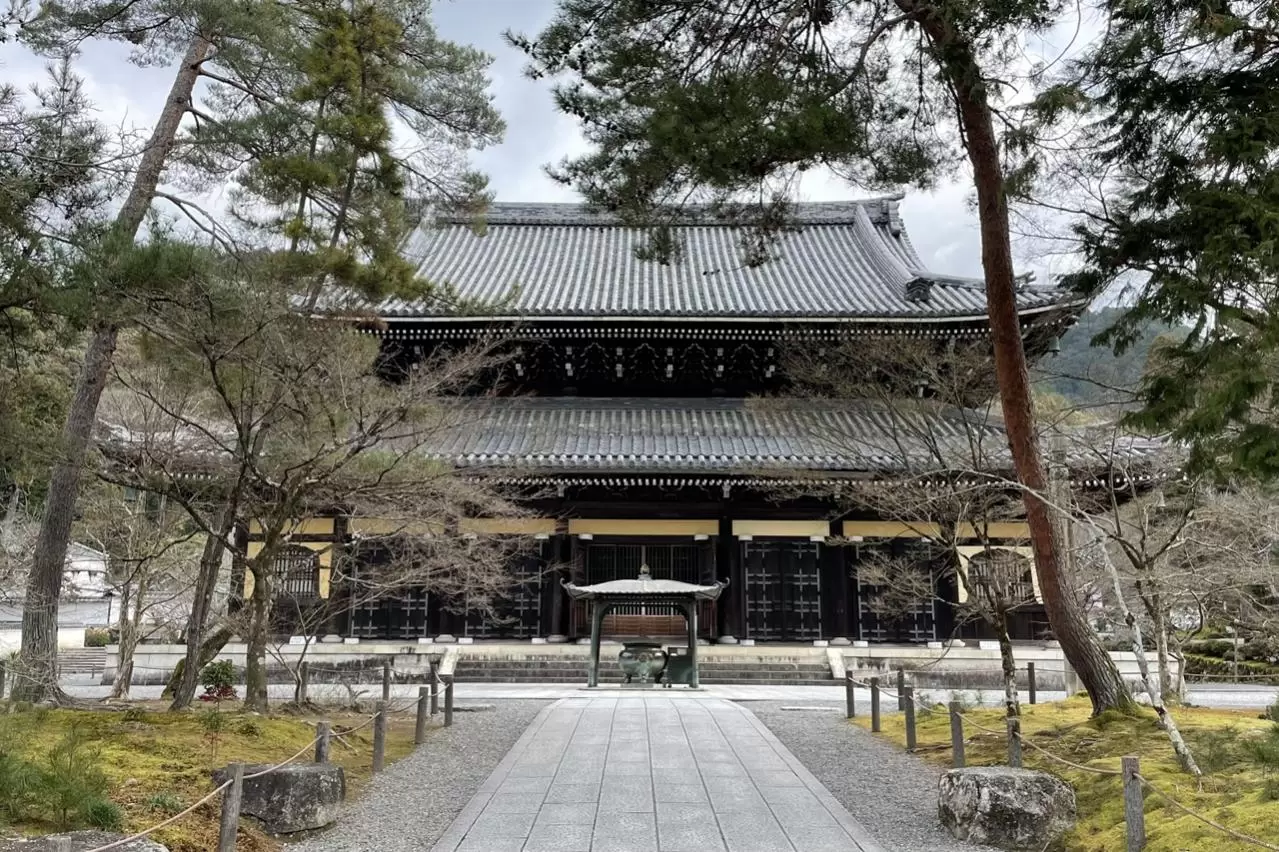
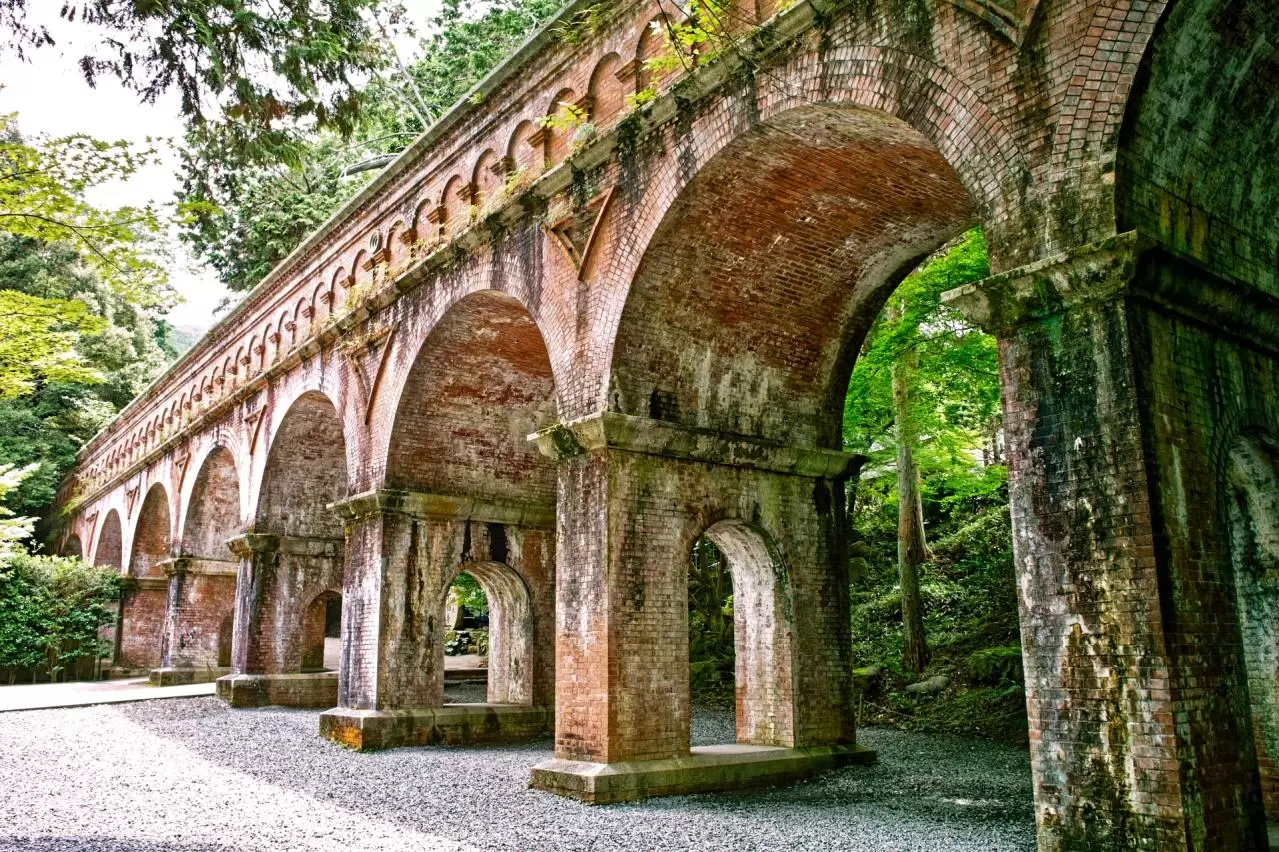
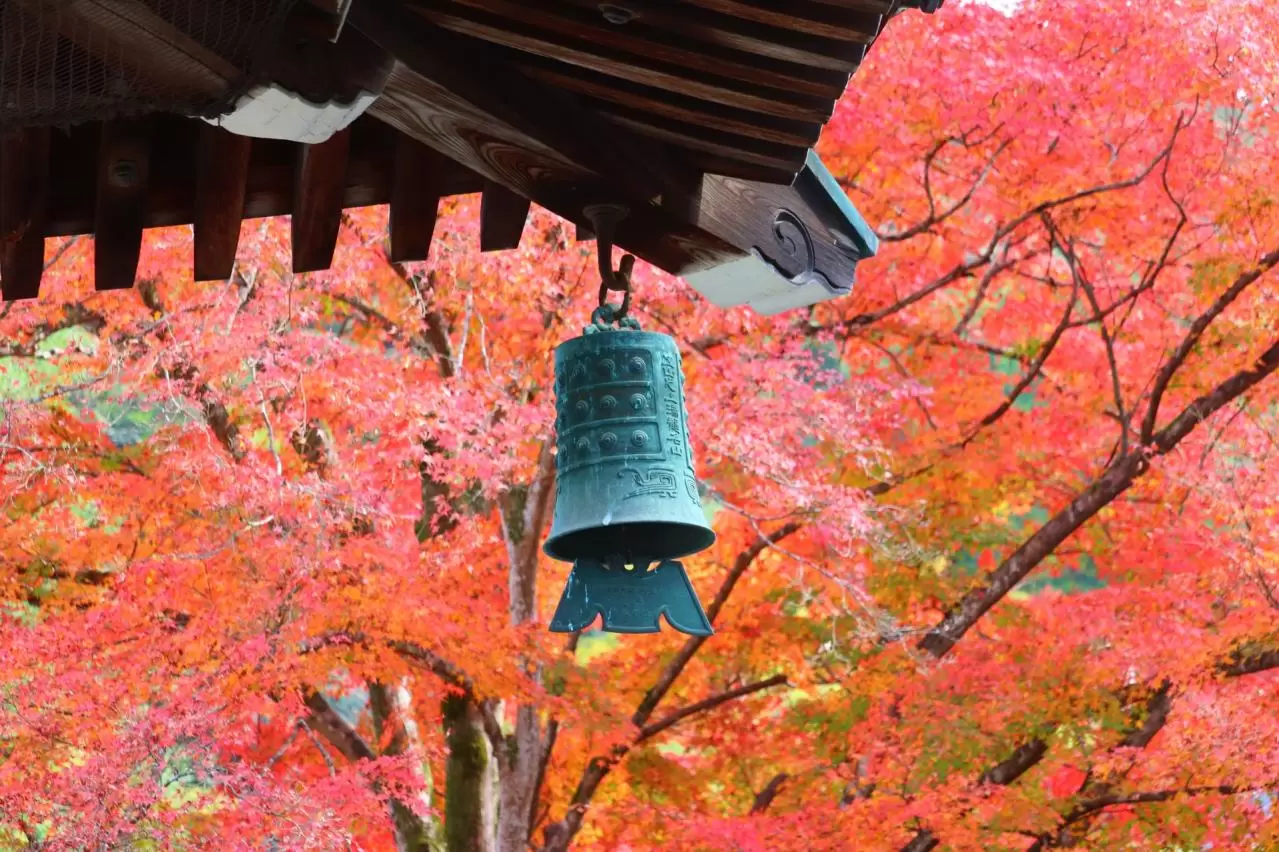

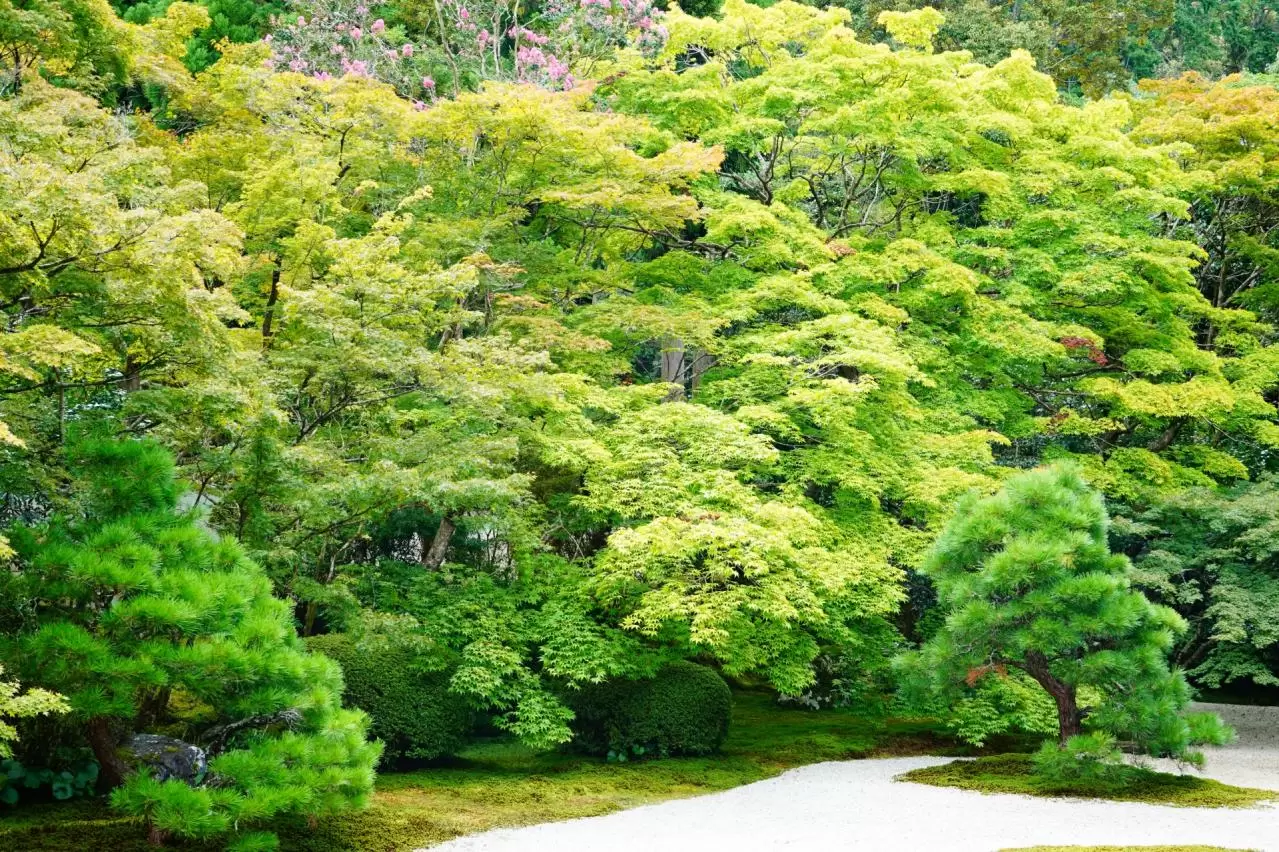
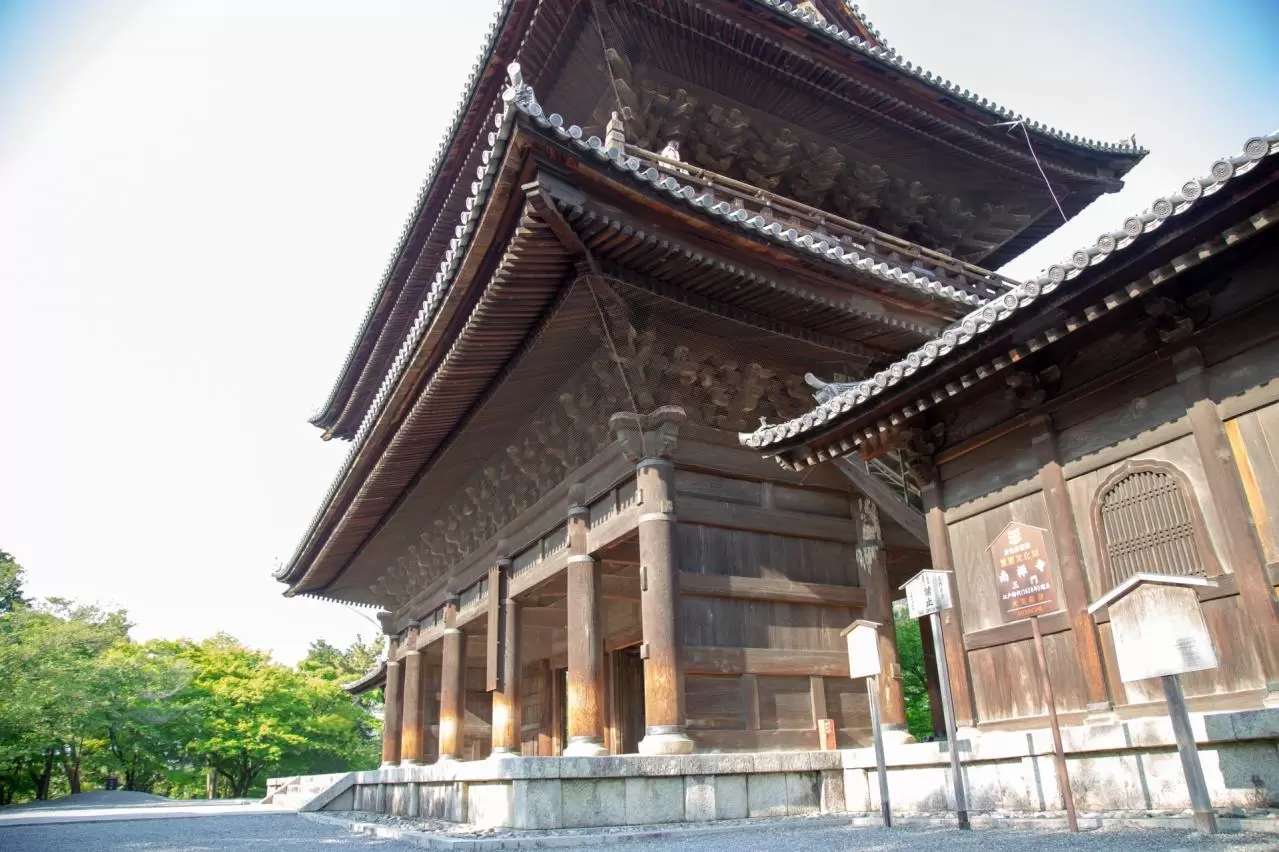


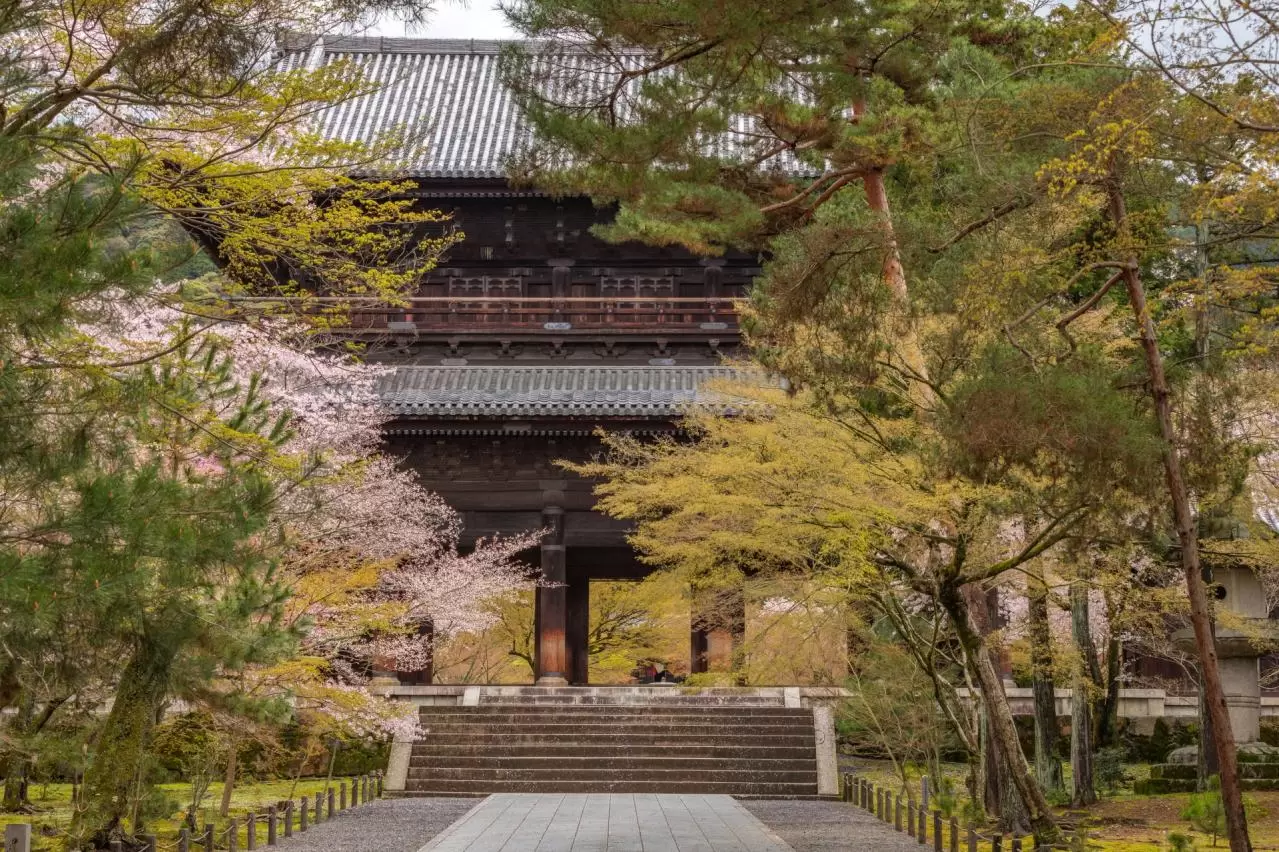
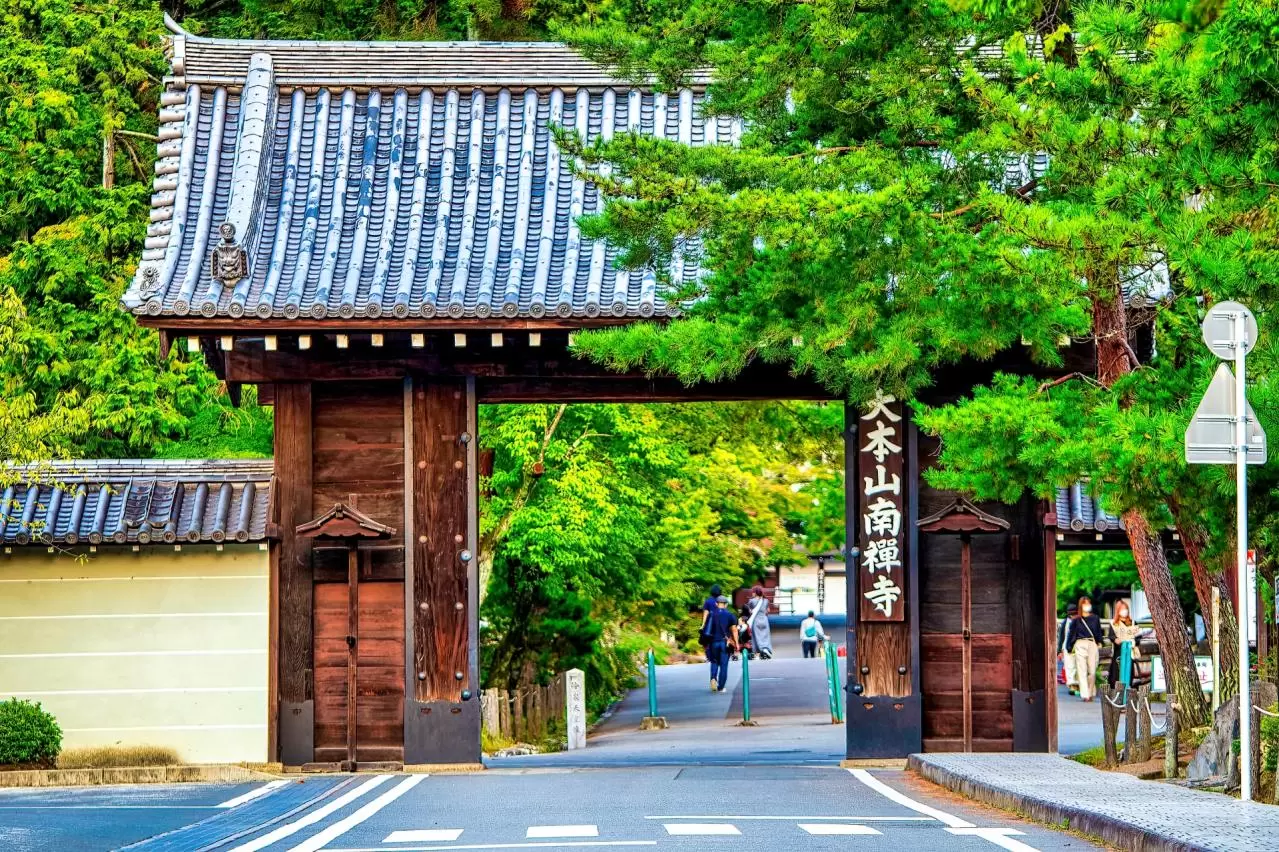
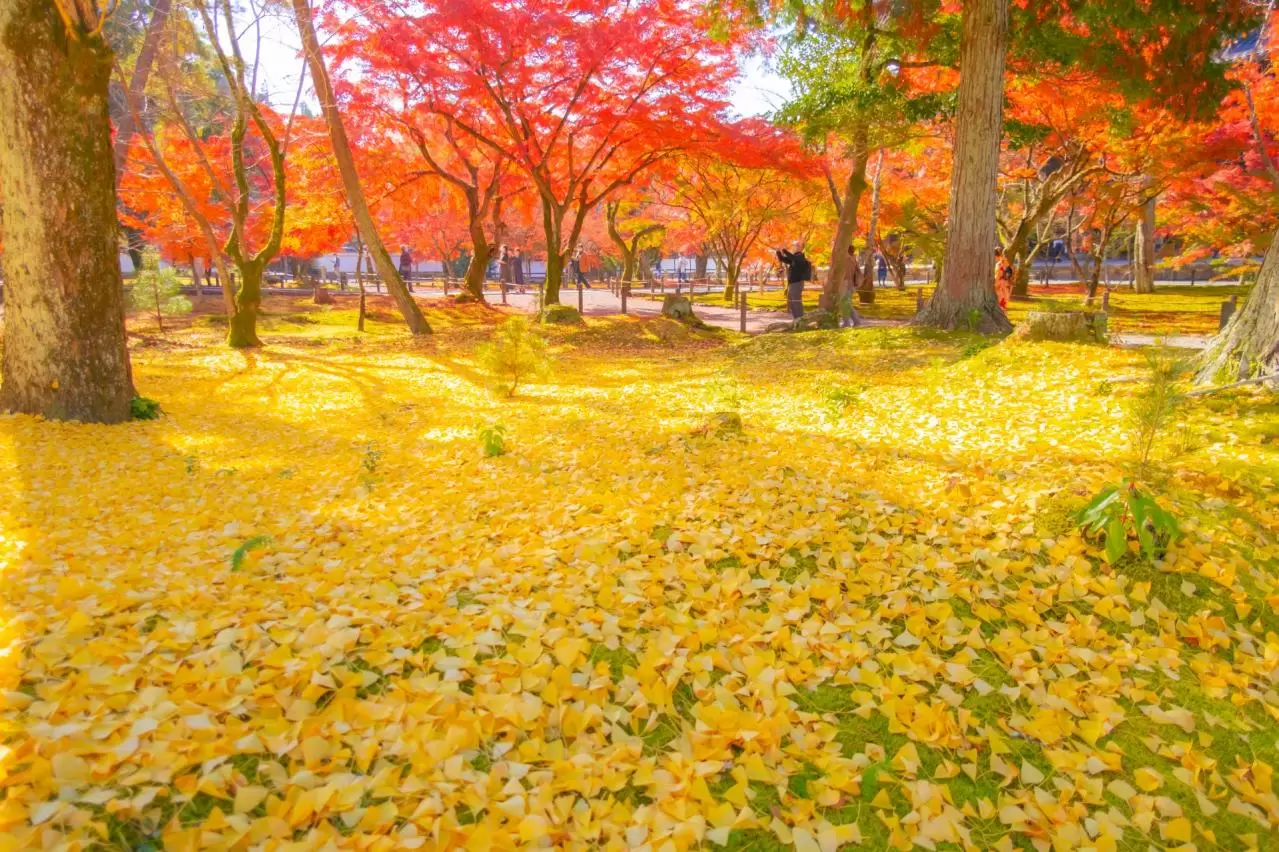

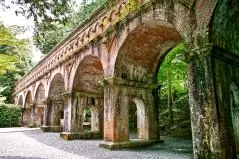
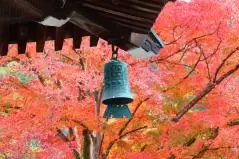
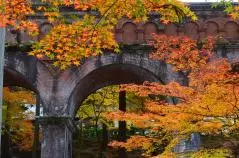
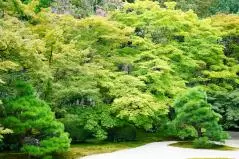
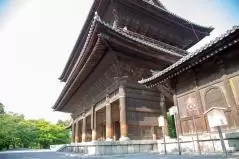
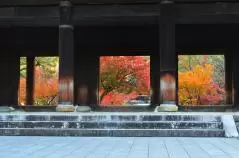
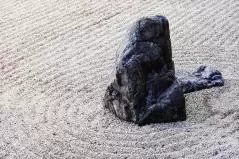
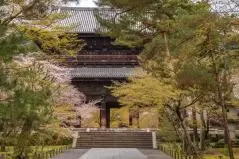
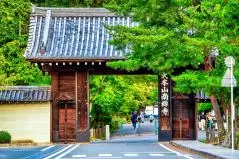
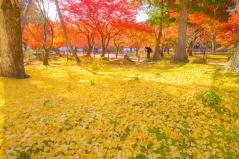
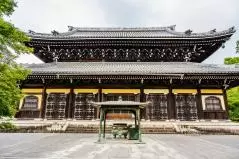



![2025/11/7 🍁秋晴れの京都🍁 『南禅寺』の色づく紅葉と心地良い光の中で歩く京都観光Vlog 清々しい紅葉さんぽ /秋の京都/秋さんぽ/Kyoto walk [京都4K]](https://i.ytimg.com/vi/giaphZ6b11I/mqdefault.jpg)



![[ 保存版 ] 南禅寺|四季折々!東山半日散策プラン|人気のカフェや日本庭園を堪能する旅|お土産情報も充実| vlog [ 百名店 ]](https://i.ytimg.com/vi/TdCluIGv_WA/mqdefault.jpg)
